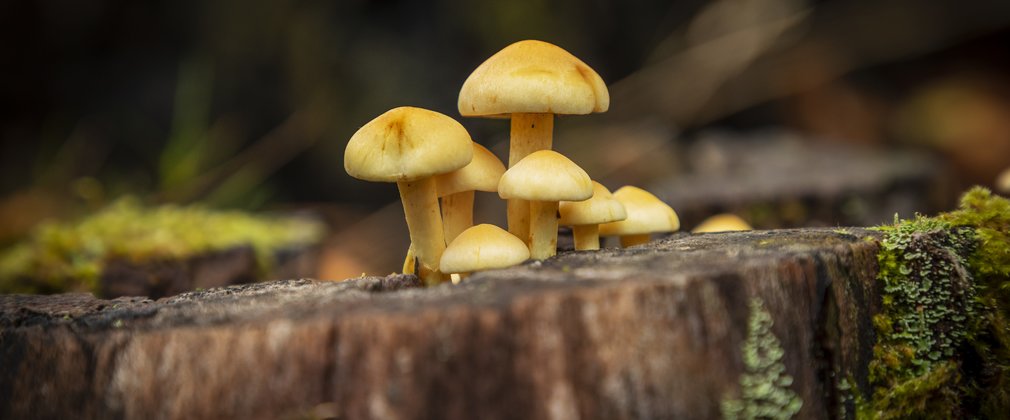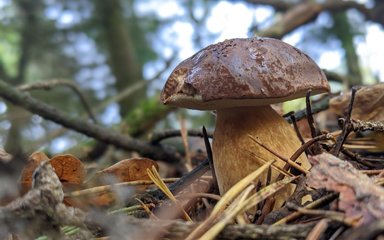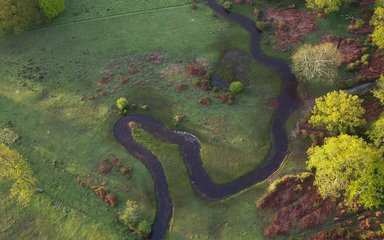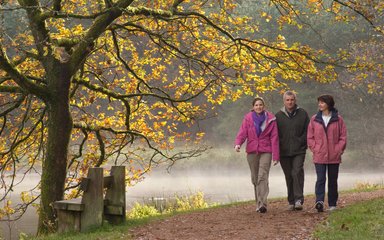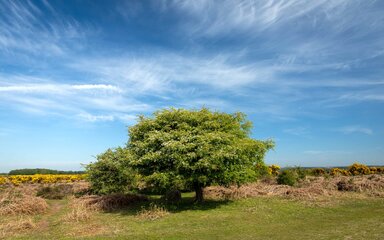The New Forest is a stronghold for many rare species of fungi
Autumn is the time of year when the most weird and wonderful mushrooms and toadstools can be seen – indeed the New Forest is a stronghold for many rare species of fungi. They are often thought of as being plants, but some experts say they are closer to being animals. In fact, fungi are in a kingdom all of their own. There are at least 70,000 species worldwide, approximately 12,000 in the UK and 2,700 here in the New Forest.
The New Forest is designated as a Site of Special Scientific Interest (SSSI) and is one of the most important sites for fungi in Britain, some are so rare and vulnerable that they are included in the protected species list and it’s illegal to pick them, even for scientific purposes (Schedule 8 of the Wildlife and Countryside Act 1981).
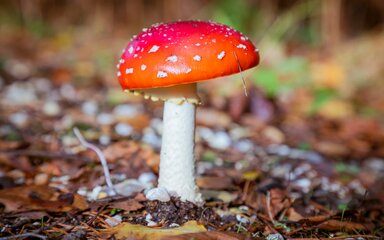
Fungi play an important role within our ecosystem
Fungi are essential to the New Forest’s ecosystem and ‘web of life’ – which is why we ask people to leave fungi in the ground for all to enjoy and to help protect and care for this special place. Besides being essential rotters and recyclers, they provide food for some animals and vital to many invertebrates to enable them to complete their life cycles.
Also, fungi are great to just admire and they are marvellously photogenic too!
Fungi facts
Fungi cannot make their own food using energy from sunlight, but grow by absorbing food and water from their surroundings – most importantly from living and dead plants, and animals.
Many fungi live on the roots of trees and other plants. This is known as a mycorrhizal association (from the Greek ‘myco’, meaning fungus, and ‘rhiza’, meaning root). The fungi help the plant take up more nutrients by increasing the effective surface area of the roots and in turn take sugars from the plant.
Woodland fungi such as types of Amanita, Boletus, Lactarius and Russula will only grow with certain trees (a helpful guide when identifying the fungi). It may surprise you to know that many trees grow less well without fungi.
Some fungi are poisonous or rare.

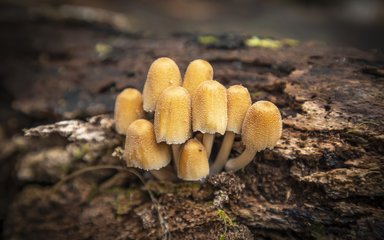
Fungi education
We permit a small number of fungi educational walks, where people can find out more about the incredible fungi that thrive here. We work with local organisations and experts who can identify the characteristics of the huge varieties of fungi found in the New Forest for people interested and involved in the conservation of our rarest fungi.
Look but please don’t pick
Please leave fungi alone as they might be poisonous or rare.
Fungi picking is not allowed, if you suspect or see anything suspicious please call us on 0300 067 4601. We will report this to the police for further investigation.

